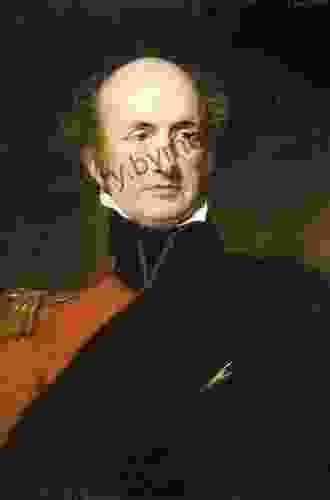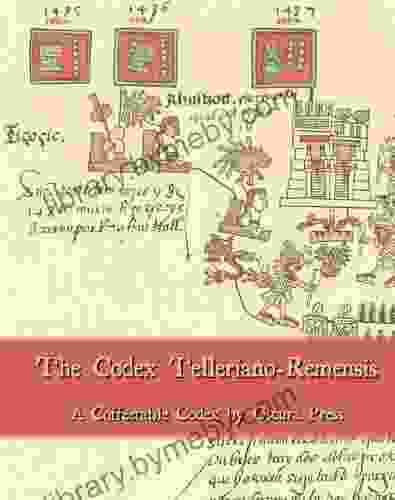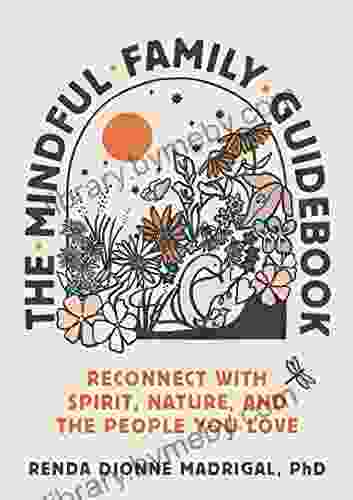Unveiling the Enigma: Soldier, Diplomat, and Ideologue of British India

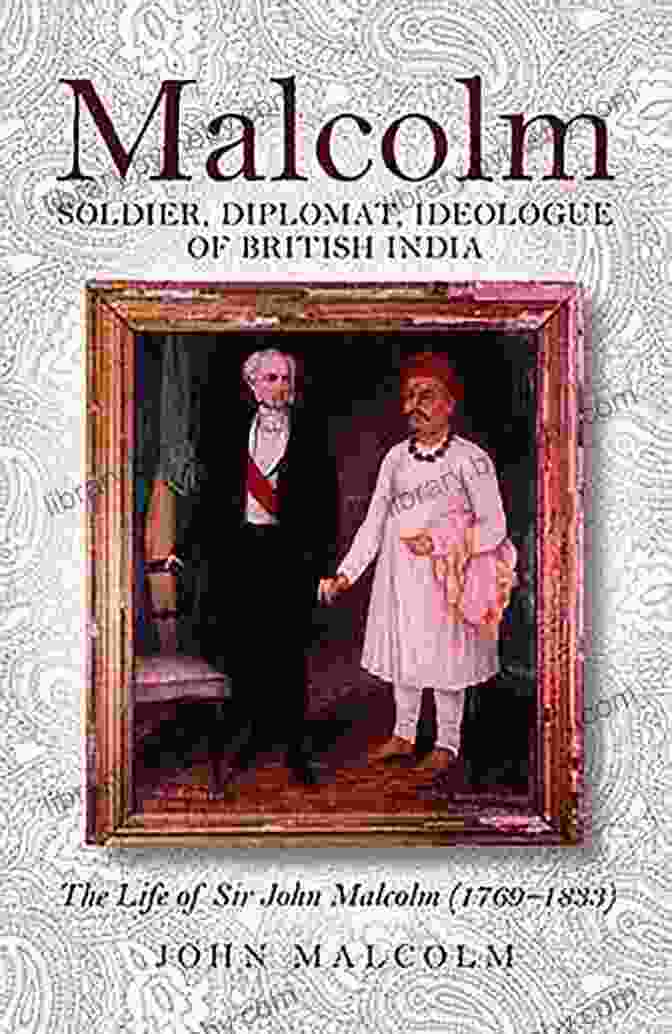
In the annals of British colonial rule in India, few figures have captured the imagination quite like Sir Thomas Munro. A soldier, diplomat, and ideologue, Munro left an enduring mark on the subcontinent's political landscape. His unwavering commitment to justice, education, and administrative reform made him a towering figure in the early 19th century.
5 out of 5
| Language | : | English |
| File size | : | 11253 KB |
| Text-to-Speech | : | Enabled |
| Screen Reader | : | Supported |
| Enhanced typesetting | : | Enabled |
| Word Wise | : | Enabled |
| Print length | : | 809 pages |
| Lending | : | Enabled |
This comprehensive article delves into the fascinating life and legacy of Sir Thomas Munro, exploring his multi-faceted roles in British India. Through a detailed examination of his military campaigns, diplomatic missions, and administrative policies, we will uncover the profound impact he had on India's history.
Early Life and Military Career
Thomas Munro was born on May 27, 1761, in Glasgow, Scotland. His father, Alexander Munro, was a prominent physician. After completing his education at the University of Glasgow, Munro joined the British East India Company in 1780 and embarked on a military career in India.
As a young officer, Munro distinguished himself in several battles against the forces of Tipu Sultan, the ruler of Mysore. His courage and tactical acumen earned him the respect of his superiors and subordinates alike. In 1792, he played a key role in the British capture of Seringapatam, the capital of Mysore.
Diplomatic Missions and Administrative Reforms
In addition to his military prowess, Munro also possessed a keen intellect and a deep understanding of Indian culture and society. These qualities made him an ideal choice for diplomatic missions. In 1800, he was appointed Resident at the court of the Nizam of Hyderabad, where he played a pivotal role in securing the Nizam's support against the Maratha Confederacy.
Munro's administrative skills were equally impressive. In 1807, he was appointed Collector of Canara, a district in southern India. He immediately set about implementing a series of reforms designed to improve the lives of the local population. He introduced a system of land revenue collection that was more equitable and less burdensome. He also promoted education and healthcare, establishing schools and hospitals throughout the district.
The Munro Doctrine and Ryotwari System
Munro's most significant contribution to British India was the development of the Munro Doctrine, which served as the basis for land revenue collection in the Madras Presidency. The Munro Doctrine emphasized the importance of individual property rights and the protection of the rights of the peasantry.
Under the Munro Doctrine, the government granted individual ownership of land to ryots, or peasant farmers. This system differed significantly from the zamindari system, which had been implemented in Bengal and other parts of India. Under the zamindari system, land revenue was collected from wealthy landowners, known as zamindars, who were not responsible for cultivating the land themselves.
The Ryotwari System, as it was known, was far more equitable than the zamindari system. It gave ryots a sense of ownership and security, which encouraged them to invest in their land and increase agricultural productivity. The Ryotwari System became a model for land revenue collection in other parts of British India.
Education and Cultural Legacy
Munro was a passionate advocate for education. He believed that education was essential for the social and economic progress of India. He established schools and colleges throughout the Madras Presidency, including the Munro School in Kumbakonam, which became a renowned center of learning.
Munro also took a keen interest in Indian culture and traditions. He studied Sanskrit, the classical language of India, and immersed himself in the country's history and philosophy. This understanding helped him to better understand the Indian people and to develop policies that were sensitive to their needs and aspirations.
Later Life and Legacy
Munro retired from the East India Company in 1825 and returned to England. He spent his final years writing and advocating for the welfare of India. He died in London on July 6, 1827, at the age of 66.
The legacy of Sir Thomas Munro continues to live on in India today. His commitment to justice, education, and administrative reform left a profound impact on the country's development. The Munro Doctrine and the Ryotwari System are still in use in many parts of India, and his educational initiatives laid the foundation for a modern education system.
Sir Thomas Munro was a remarkable figure who played a pivotal role in the history of British India. As a soldier, diplomat, and ideologue, he left an enduring mark on the subcontinent's political, social, and cultural landscape. His commitment to justice, education, and administrative reform earned him the respect of both the British and Indian people.
Munro's life and work continue to inspire generations of Indians and scholars alike. His legacy is a testament to the power of one individual to shape the destiny of a nation.
5 out of 5
| Language | : | English |
| File size | : | 11253 KB |
| Text-to-Speech | : | Enabled |
| Screen Reader | : | Supported |
| Enhanced typesetting | : | Enabled |
| Word Wise | : | Enabled |
| Print length | : | 809 pages |
| Lending | : | Enabled |
Do you want to contribute by writing guest posts on this blog?
Please contact us and send us a resume of previous articles that you have written.
 Book
Book Novel
Novel Page
Page Chapter
Chapter Text
Text Story
Story Genre
Genre Reader
Reader Library
Library Paperback
Paperback E-book
E-book Magazine
Magazine Newspaper
Newspaper Paragraph
Paragraph Sentence
Sentence Bookmark
Bookmark Shelf
Shelf Glossary
Glossary Bibliography
Bibliography Foreword
Foreword Preface
Preface Synopsis
Synopsis Annotation
Annotation Footnote
Footnote Manuscript
Manuscript Scroll
Scroll Codex
Codex Tome
Tome Bestseller
Bestseller Classics
Classics Library card
Library card Narrative
Narrative Biography
Biography Autobiography
Autobiography Memoir
Memoir Reference
Reference Encyclopedia
Encyclopedia Zain Deane
Zain Deane Tony Mcreynolds
Tony Mcreynolds Vijay Kumar
Vijay Kumar Stefano Calicchio
Stefano Calicchio Stephane Cazeault
Stephane Cazeault Michael Burgan
Michael Burgan Linda L Meabon
Linda L Meabon Tom Coyne
Tom Coyne Liz Lawson
Liz Lawson Paul Czajak
Paul Czajak Maria Arango Diener
Maria Arango Diener Matthew Piepenburg
Matthew Piepenburg Sherry Thomas
Sherry Thomas William E Glassley
William E Glassley Rebecca Porter
Rebecca Porter Mary Austin
Mary Austin Piri Halasz
Piri Halasz Hourly History
Hourly History Will Jorden
Will Jorden Stephen Rule
Stephen Rule
Light bulbAdvertise smarter! Our strategic ad space ensures maximum exposure. Reserve your spot today!
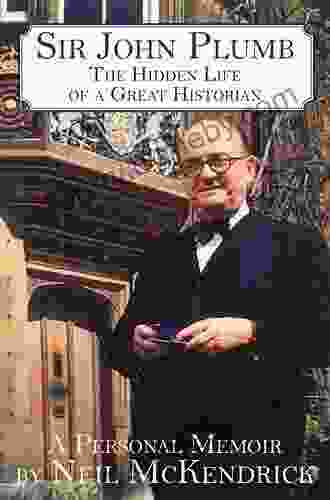
 Mikhail BulgakovThe Hidden Life of Great Historian: Unveiling the Enigmatic World of a Master...
Mikhail BulgakovThe Hidden Life of Great Historian: Unveiling the Enigmatic World of a Master... Gary CoxFollow ·2.7k
Gary CoxFollow ·2.7k Winston HayesFollow ·7k
Winston HayesFollow ·7k Evan HayesFollow ·7.8k
Evan HayesFollow ·7.8k Quincy WardFollow ·10.4k
Quincy WardFollow ·10.4k Elias MitchellFollow ·12.4k
Elias MitchellFollow ·12.4k Nikolai GogolFollow ·17.4k
Nikolai GogolFollow ·17.4k Everett BellFollow ·15.5k
Everett BellFollow ·15.5k James HayesFollow ·3k
James HayesFollow ·3k

 Clay Powell
Clay PowellDiscover the Enigmatic Beauty and Profound Meaning in...
An Exploration of Emptiness, Fulfillment,...

 Brenton Cox
Brenton CoxThe Life and Times of the Woman Who Changed Abortion: The...
Norma McCorvey, the woman known...

 Darius Cox
Darius CoxBest 60 Short Hairstyles For Women With Thick Hair: A...
Embracing the beauty of...

 John Parker
John ParkerThe Healthy Pregnancy Book: Your Essential Guide to a...
Pregnancy is a...
5 out of 5
| Language | : | English |
| File size | : | 11253 KB |
| Text-to-Speech | : | Enabled |
| Screen Reader | : | Supported |
| Enhanced typesetting | : | Enabled |
| Word Wise | : | Enabled |
| Print length | : | 809 pages |
| Lending | : | Enabled |


